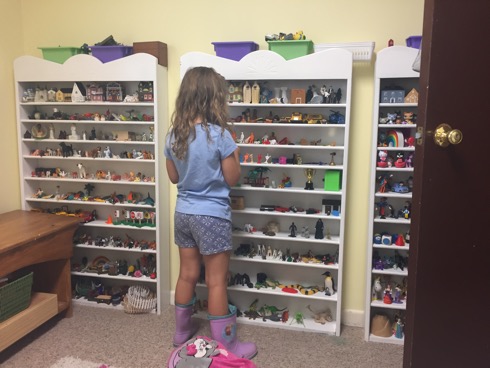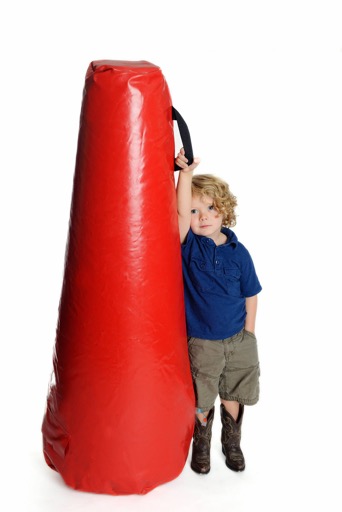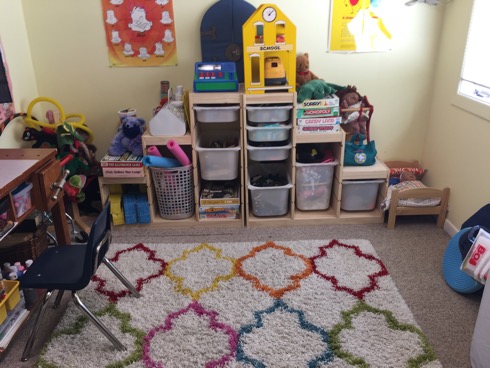Heather Christensen LCSW, RPT-S

Heather Christensen LCSW, RPT-S


My guinea pig, Sunny, welcomes children to the playroom. Sunny loves to be held and hand-fed. Sunny helps to create a relaxed atmosphere, thus allowing the child to experience me and therapy itself as less threatening. I have found that Sunny serves many therapeutic functions; he is often a transitional object, a reinforcement for behavior change, a cathartic holding object, a metaphor for feelings, a role play participant, and a nonjudgmental attachment and-to mention a few.

Children are naturally drawn to the sand tray. I offer both kinetic and standard sand. My instructions are simple. “You can use as many or as few miniature as you wish to make a world in the sand. There is no wrong or right way to do it. Whatever you do is just fine.”. Then I serve as witness while they explore and create. I pay attention to thematic material, miniature choices, verbalizations, and use of characters. I am particularly interested in themes that carry over from week to week. This is an incredibly calming activity that, at times, can last an entire session.
Eventually, children make their way to the calm-down swing. This is a private, quiet swing that offers a healthy option to manage uncomfortable feelings.

Perhaps the BOE Bop Bag is more suitable to the child’s temperament. Bop is ‘really dumb and doesn’t do anything right.’ Children are encouraged to say or do almost anything to Bop without getting into any trouble (because Bop is not a real person).
Art supplies are readily available for those who identify as “artist”. I reinforce that there are no rules about how things must look in art, and that almost anything can be changed or adjusted if the artist wants to do so. The artist is in charge.

The dollhouse and dress-up center offer young children an opportunity to rehearse for real life. Through imaginary play, children practice how to negotiate their actual. life. They discover their unique preferences, and act-out ways to get their needs met. Imaginary play is instrumental in working through their unresolved emotions.
There are plenty of therapeutic board games and books for children to choose from. Occasionally, I utilize a more directive approach and suggest a game, activity, or issue-specific book. I find that using this directive approach can be an effective way to offer quick relief to children who are experiencing stress due to various life transitions such as grief and loss, divorce, serious illness, or social struggles. In addition, board games can offer opportunities for children to enhance their socialization skills and build impulse control.